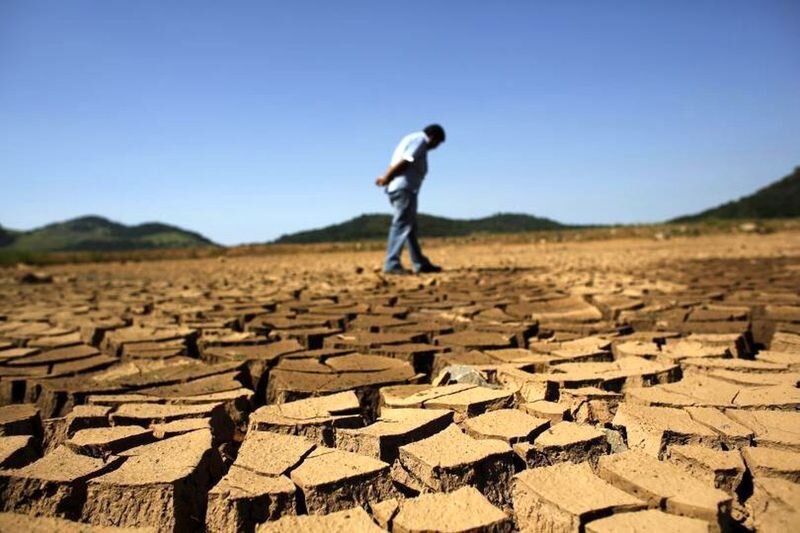Iran short of rain by 24%

TEHRAN – Over the previous water year which began on September 23, 2021, the rainfall decreased by about 24 percent compared to the long-term average, which marked another year of low rainfall for Iran.
As the newly extracted statistics show, a total of 180.4 mm of rain has poured in the country over the past water year, which shows a decline of 23.9 mm compared to the long-term average of 237.1 mm.
The last water year marked the year of low rainfall for the country, causing the continuation of dry years.
The summer season shows an increase of 19.7 mm in rainfall, which is accompanied by a growth of 71.3 mm compared to the long-term period when the amount of rainfall was 11.5 mm.
The occurrence of the monsoon phenomenon during the summer is one of the factors that has increased rainfall in the long run. However, there is still a decrease in the level of underground water resources and aquifers.
Although this year's rainfall has increased by 30 percent compared to last year; compared to normal conditions, it shows a decrease of 18 percent.
Currently, the dams are 41 percent full, while should be full by 50 percent, which is also due to drought conditions.
According to statistics, the average rainfall in the country in the last 50 years has been 270 mm, which has decreased by 230 mm, in other words, over the past 5 decades, the average rainfall has dropped by 40 mm.
According to the World Meteorological Organization's multiannual forecast, in the next five years, Iran’s average rainfall will decline by 75 percent, and the temperature rises by 50-75 percent compared to the long-term average.
Drought causes $107m damage to environment
Drought has so far incurred a loss of 28 trillion rials (about $107 million) to the environment, Hassan Akbari, deputy head of natural environment and biodiversity of the Department of Environment, said on May 8.
Unfortunately, over 70 percent of the country is suffering from severe drought. The severity of the drought is devastating in areas such as the Zagros, which is both a source of water and natural habitats, he lamented.
Perhaps the first and most important damage of drought is the weakening of vegetation, which seriously disrupts the wildlife food chain.
Iran faces a range of environmental challenges from high temperatures, pollution, flooding, and vanishing lakes. In April 2021, the Iranian Meteorological Organization warned of an "unprecedented drought" and rainfall levels that were substantially below long-term averages.
The Iranian Red Crescent Society estimates that 4.8 million people are at medium to high risk of drought-related impacts, mostly in remote and rural areas of the provinces.
FB/MG
